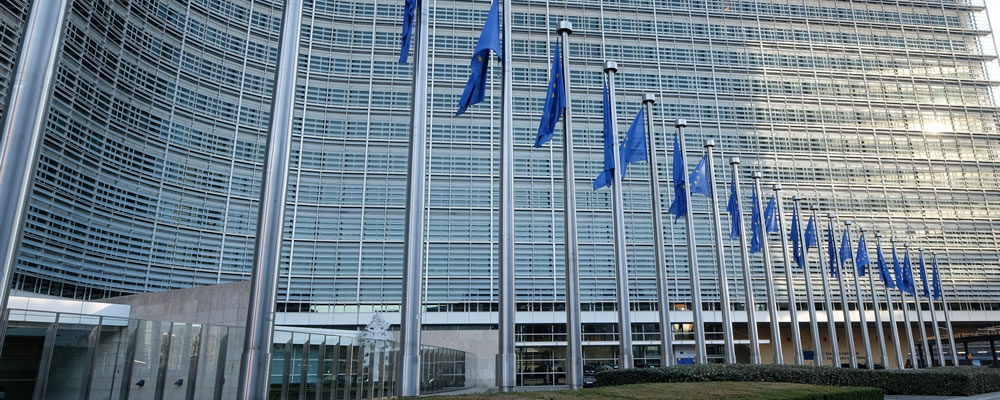Weak Eurozone Data Fails to Keep Euro to US Dollar Exchange Rate Low
Investors held onto the Euro to US Dollar (EUR/USD) exchange rate today, despite higher market demand for safe haven currencies like the US Dollar (USD) and a lack of supportive Eurozone data.
Markets appear hesitant to let EUR/USD slip back towards its lowest levels, as the pair has climbed around half a cent from 1.1324 to 1.1390 this week despite the lack of drive in Euro (EUR) demand.
EUR/USD has been unable to hold Wednesday’s three-week-high of 1.1401 due to these factors, but the pair was still trending steadily on Thursday.
EUR/USD is still just over a cent below the 2019 low of 1.1253 seen in the middle of the month.
Disappointing US data in recent sessions, combined with a relatively dovish Federal Reserve and weakness in the Euro’s other rivals, made it easier for EUR/USD to hold its gains.
Euro (EUR) Exchange Rates Hold despite Disappointments in Eurozone Data
The Euro saw relatively firm performance today, despite a lack of fresh domestic supportive factors for the shared currency.
Investors have largely bought the Euro due to weakness in the shared currency’s rivals this week. The Euro is often influenced by movements in its biggest rivals, like the US Dollar and British Pound (GBP).
As the US Dollar was weakened by risk-sentiment earlier in the week, the Euro climbed.
The Euro remained sturdy today as investors sold the Pound (GBP) from its best levels in profit-taking and opted to buy the Euro on Brexit optimism instead.
A soft Brexit deal would be optimistic for the Eurozone as well as Britain.
The Euro’s latest sturdiness came despite today’s Eurozone data printing short of expectations so far. French inflation rate stats from February only improved to 0.0% month-on-month rather than the predicted 0.4%.
US Dollar (USD) Exchange Rates Fails to Capitalise from Safe Haven Demand
While markets found safe haven currencies more appealing on Thursday, the safe haven US Dollar was unable to benefit strongly from this movement due to other factors.
The US and North Korea held a vital and anticipated summit over the past day, in which leaders Donald Trump and Kim Jong-un were expected to hold talks at the highest level.
However, the leaders quickly met disagreement. North Korea indicated it would not dismantle its nuclear facility unless the US lifted all sanctions – which the US did not agree to.
As a result, talks quickly collapsed and the leaders left the summit early.
This led to market uncertainty and investors looked for safer currencies. However, as the US was involved in negotiations the US Dollar was unable to benefit.
Demand for the US Dollar was also limited due to the cautious tone taken by Federal Reserve Chairman Jerome Powell in testimonies to US Congress this week, as well as some disappointing US factory orders data on Wednesday.
Euro to US Dollar (EUR/USD) Exchange Rate to be driven by Late-Week Data
Could the Euro to US Dollar (EUR/USD) exchange rate be on track to sustain gains despite the Eurozone’s mixed data this week? If Friday’s Eurozone data is solid enough, it could offer the Euro the support it needs to hold its gains.
Friday will see the publication of multiple key ecostats from Germany, including January retail sales and February unemployment stats. Markit will also publish its final February manufacturing PMIs for the Eurozone, and this includes German figures.
As concerns about Germany’s slowing economy have been a big focus for Euro investors over the past month, any surprises in these figures could inspire Euro movement.
Investors will also keep an eye on the Eurozone’s February inflation rate projections, and the afternoon’s US data could prove influential as well.
US Personal Consumption Expenditure (PCE) inflation data is one of the Federal Reserve’s preferred inflation measures, so any surprising data here could influence Fed interest rate hike bets. ISM’s US manufacturing PMI will be published on Friday too.
Lastly, any major shifts in risk-sentiment could influence the Euro to US Dollar (EUR/USD) exchange rate.



